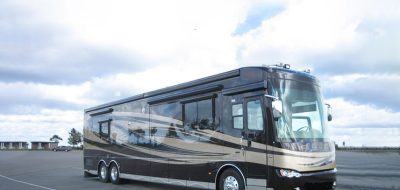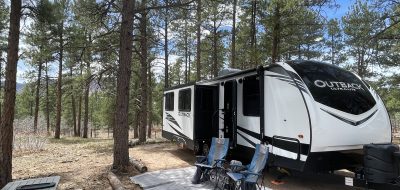Unlike a house or savvy investment, when it comes to buying a car or RV, depreciation is inevitable. Every year newer models with sleek updates decrease the value of those from the previous year – making any sort of a return on investment well near impossible.
But how much will your vehicle depreciate in value? What factors directly correlate with the loss of your car or RV’s value? And most importantly, how can you get the most value out of your car or RV?
To help you navigate purchasing your next vehicle, here’s a breakdown of depreciation and how to get the most bang for your buck when it comes to your car or RV.
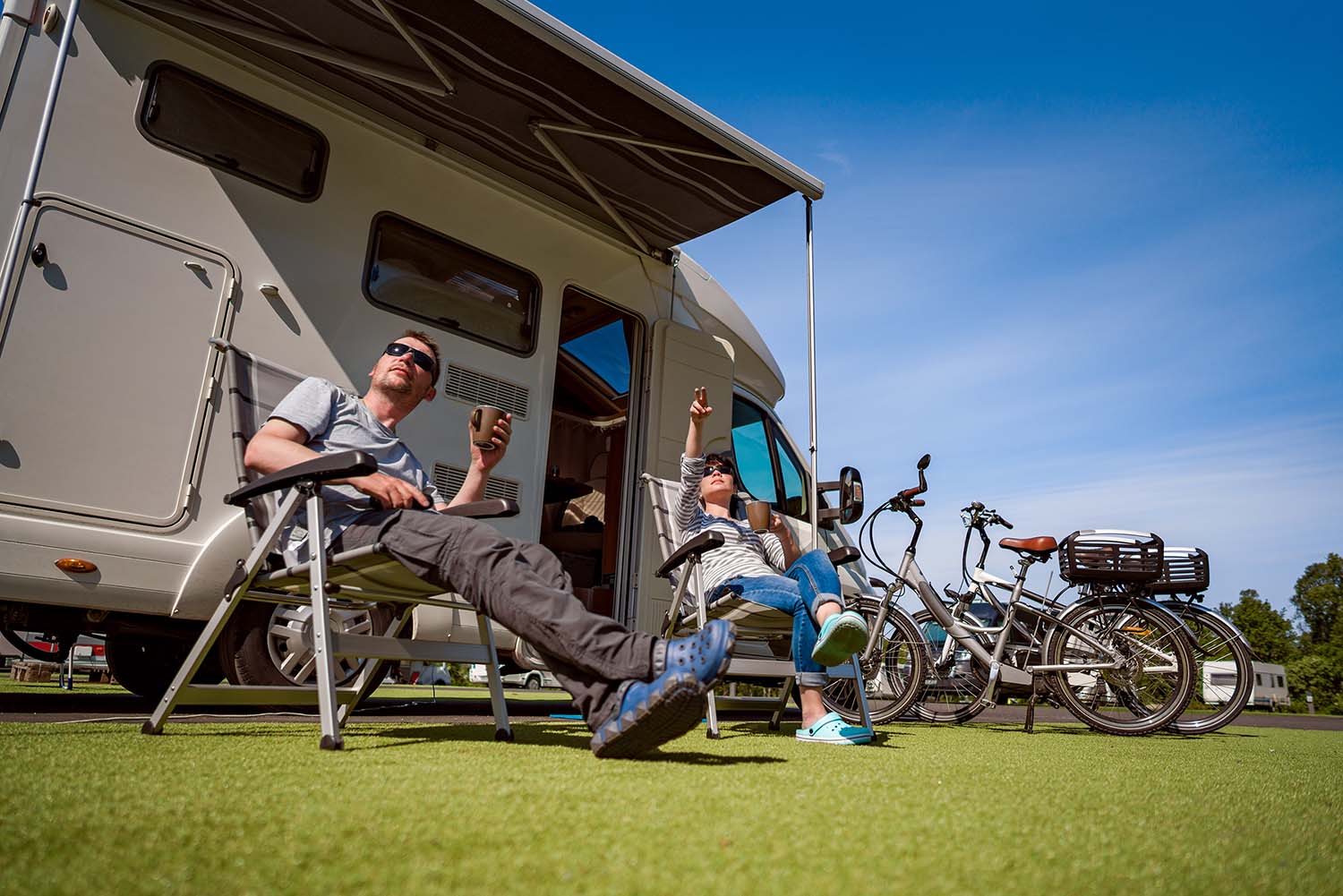
How fast do RVs and cars depreciate?
It’s no secret that vehicles lose their value quickly. In fact, almost immediately.
A brand-new car or RV will lose about 10% of its value as soon as you drive it off the lot. From there, it will ultimately depreciate somewhere around 20% within the first year and will continue to lose about 15% annually for the next four or five years.
Now the past few years have been a notable exception, as the pandemic led to a substantial increase in demand for new and used vehicles – meaning that cars and RVs held their value better than average. In many cases, the first-year depreciation was cut in half, with some cars even appreciating interest. However, as manufacturing has started to catch up to the market demand, it’s safe to assume that the familiar depreciation trends will resume.
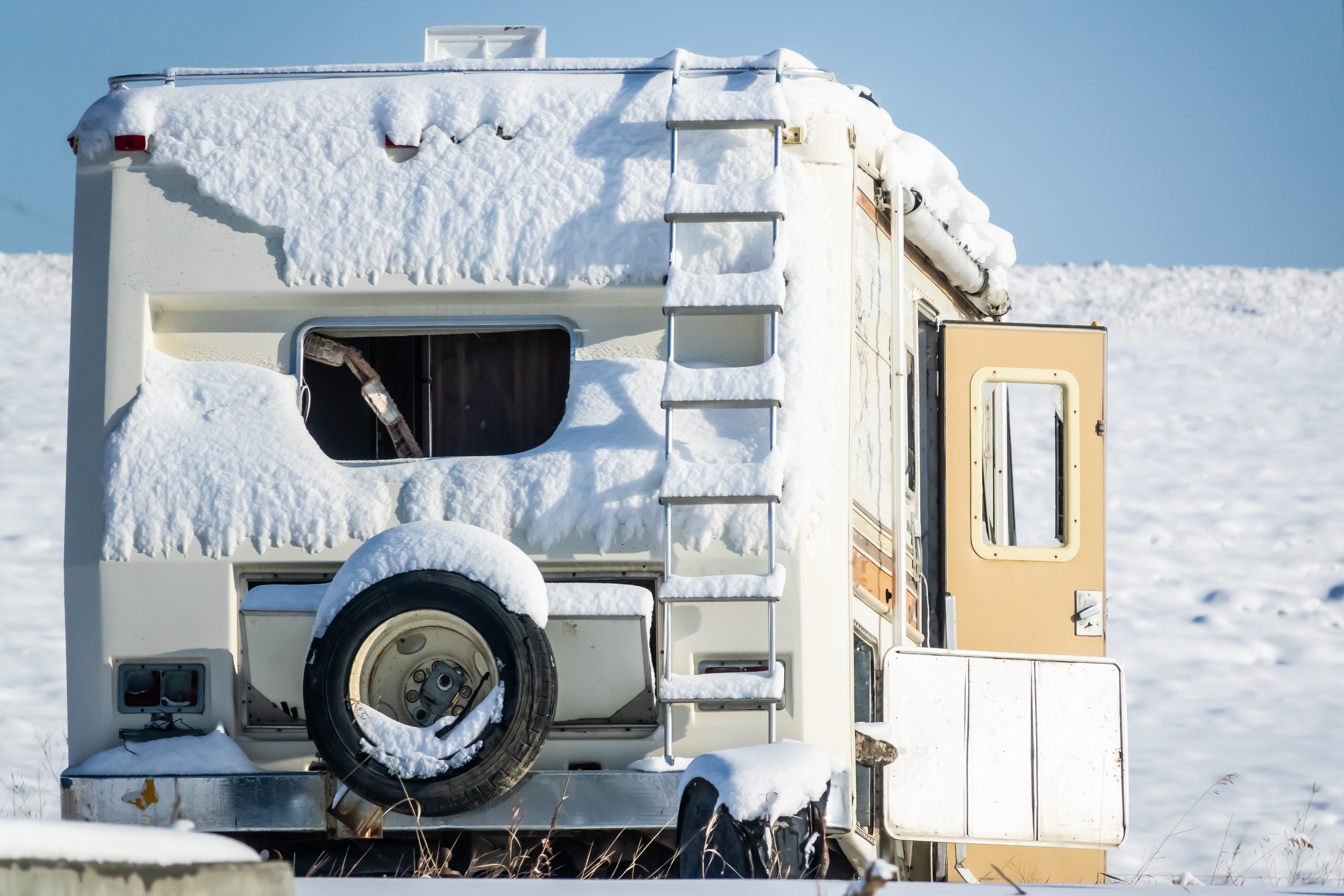
Depreciating factors
Now, let’s consider the primary purpose of your car or RV, as well as seasonal and technological factors that can directly impact the depreciation of your vehicle’s value.
Usage and condition
Unless you’re a full-time RVer or living in an area with proficient public transportation, the likelihood is that your car is your primary vehicle for every grocery run, school dropoff, road trip, etc. Therefore, the more miles you accumulate, the quicker the value of your car will decrease. Whereas RVs tend not to get as much daily wear and tear and will likely age a little slower – and potentially hold their value a little longer.
On average, Americans will annually put about 13,500 miles on their car, while RVers will drive less than 5,000 miles in a given year. And as you can imagine, the overall condition of your car or RV can either slow or expedite depreciation.
Market and seasonality
As alluded to earlier, the market can completely usurp traditional trends when it comes to depreciation. Without getting too bogged down in an economics lesson, we know that low supply typically correlates with high demand and can even slow the rate of attrition when it comes to your vehicle’s value.
The other factor to consider, especially when it comes to RVs, is seasonality. While cars are a necessity for most, RV demands can certainly fluctuate with the season. For example, Spring and Fall are peak seasons for camping as well as buying a new RV, while Winter is the most popular time of year to buy a car. So if you’re in the market to sell your vehicle, waiting until the appropriate season will almost certainly maximize its value.
Advancements in technology
As the automotive and RV industries continue to evolve, manufacturers will only continue to introduce new features while improving safety and fuel efficiency, meaning the value of older models will quickly plummet. That being said, cars will almost certainly lose the sting of new tech faster, as RVs change their designs less frequently and typically have a longer cycle of ownership.
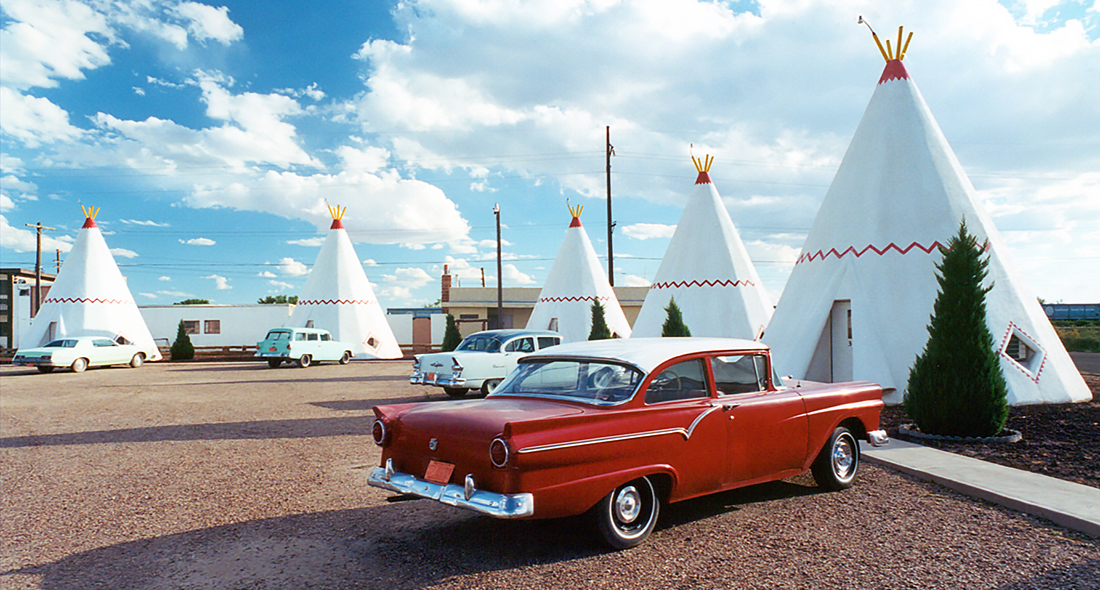
Getting the most value
Just because vehicles aren’t profitable doesn’t mean you have to throw your money away. Here are a few tips to get the most value out of your car or RV.
Buy used
There’s absolutely no question that used vehicles will hold their value better than new ones. As stated earlier, the lion’s share of your vehicle’s depreciation will happen within the first few years. It stands to reason that a gently used RV or car that’s somewhere between three and five years will likely hold its value reasonably well. While you may have to pay more for repairs and upkeep, you’ll inevitably still save money compared to the loss of the sticker price on a newer vehicle.
Regular maintenance
Regularly bringing in your car or RV for a tune-up is one of the best ways to maximize its value. Not to mention it’ll save you on potentially costly repairs down the road. Make it a point to service your vehicle once or twice a year. Change your oil and filters every 3,000 to 5,000 miles. Rotate your tires every 5,000 to 7,500 miles. With proper care, you’ll increase the longevity as well as better hold the value of your vehicle over time.
Rent out your RV
If you have an RV that’s sitting idle for weeks or months at a time (especially during peak camping seasons), then it might be a good idea to list it as a rental. Renting out your RV could bring in tens of thousands of extra dollars a year and cover most of your vehicle’s expenses at the same time.

Want to know what your RV is worth?
The Good Sam RV Valuator is a great tool that can get you the best offer guaranteed within two weeks (with cash in hand in less than a day). With our nationwide dealership network of experts, we’ll get you taken care of whether you’re looking to sell or trade-in. Get peace of mind and an instant quote today.






